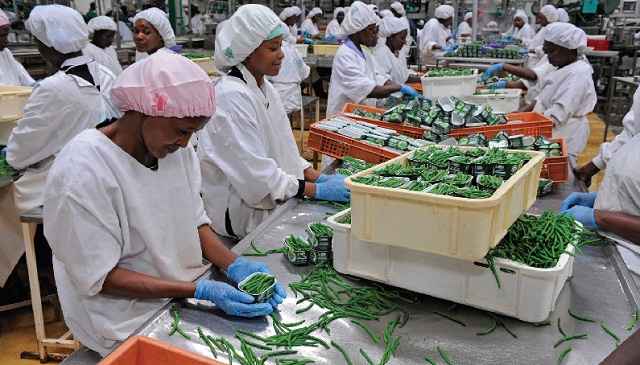
Economists downplay need for EPA to grow regional trade
Kampala, Uganda | RONALD MUSOKE | The Cotonou Agreement that has been guiding trade and cooperative relations between the European Union and close to 80 countries in the Africa, Caribbean and Pacific regions for the last 20 years is set to expire in 15 months’ time but the snail-pace negotiations that some countries in the ACP bloc have adopted to renew the treaty is raising questions on the future of the partnership.
The cooperation between the EU and Uganda alongside 78 other countries is bound by agreements which have been renewed periodically since the very first one was signed in Lomé in 1975.
In an exclusive interview, Attilio Pacifici, the head of the European Union Delegation in Uganda told The Independent recently that the post-Cotonou talks, particularly with the African group, “have at times been difficult.”
Pacifici explained that under the Cotonou Agreement, there is a provision that basically “gives all kinds of advantages (no quota and duty restrictions)” to the export of goods and products originating from the African-Caribbean-Pacific countries.
However, these arrangements became non-compliant with the standards and agreements of the World Trade Organization with some non-ACP members objecting to the preferential treatment that the EU accords to countries like Uganda.
This formed the basis for a new trade and cooperative deal between the EU and regional blocs like the East African Community.However, the agreement that is intended to immediately open the door for import of goods from the EAC region with East Africa reciprocating by opening its market to European goods for a period of 25 years is yet to be signed, a situation that could see African goods exposed to huge taxes in European markets.
Latest data from the European Commission Directorate General for Trade shows the East African bloc exported goods worth €2.415bn to the EU last year. On the other hand, the East African Community states imported goods worth €3.593bn during the same period under review.
Exports to theEUmainly consist of coffee, cut flowers, tea, tobacco, fish and vegetables, while imports from the EU into the region are dominated by machinery and mechanical appliances, equipment and parts, vehicles and pharmaceutical products.
The EU-EAC economic partnership agreement covers trade in goods and development cooperation. It also has a chapter on fisheries, mainly to reinforce cooperation on the sustainable use of resources. The agreement provides for further negotiations on services and trade related rules in the future.
Pacifici told The Independent that the new trade deal between the EU and the EAC is intended totakeinto account socio-economic circumstances including cooperation and assistance to help countries like Uganda.
EPA benefits
“Kenya has gone through the whole process, Rwanda is about to and Uganda is happy to do it. But there are a couple of countries within the region who are not really willing to go ahead,” he said in reference to Tanzania and Burundi that argued that the move would suffocate their local industrial growth.
According to the European Commission, the East African Community comprising Burundi, Kenya, Rwanda, South Sudan, Tanzania and Uganda finalized the negotiations for an economic partnership agreement with the EU on 16 October, 2014 with Kenya and Rwanda signing the EPA in September 2016.
Kenya even went ahead to ratify it. But the other four EAC members are yet to sign and ratify the agreement. South Sudan is yet to be incorporated in the negotiations as it is yet to join the WTO.For the EPA to enter into force, the three remaining EAC members need to sign and ratify the agreement.
 The Independent Uganda: You get the Truth we Pay the Price
The Independent Uganda: You get the Truth we Pay the Price



